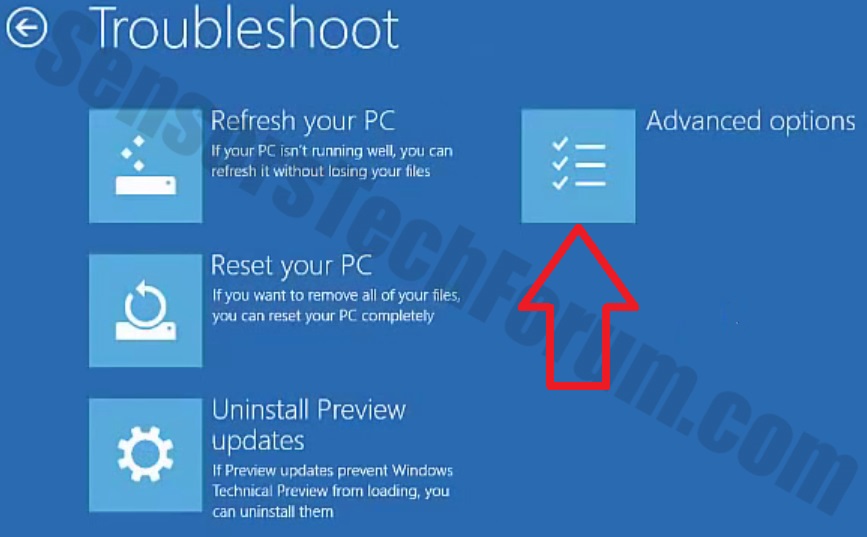Hello I would like some assistance in removing this annoying windows process manager malware. Only symptoms I've noticed is that it periodically hogs up my cpu resources. I've tried scanning my pc with avast but it doesn't find anything bad. I think I've narrowed it down to C:\Users\X\AppData\Local\mbextik but it says access denied.





